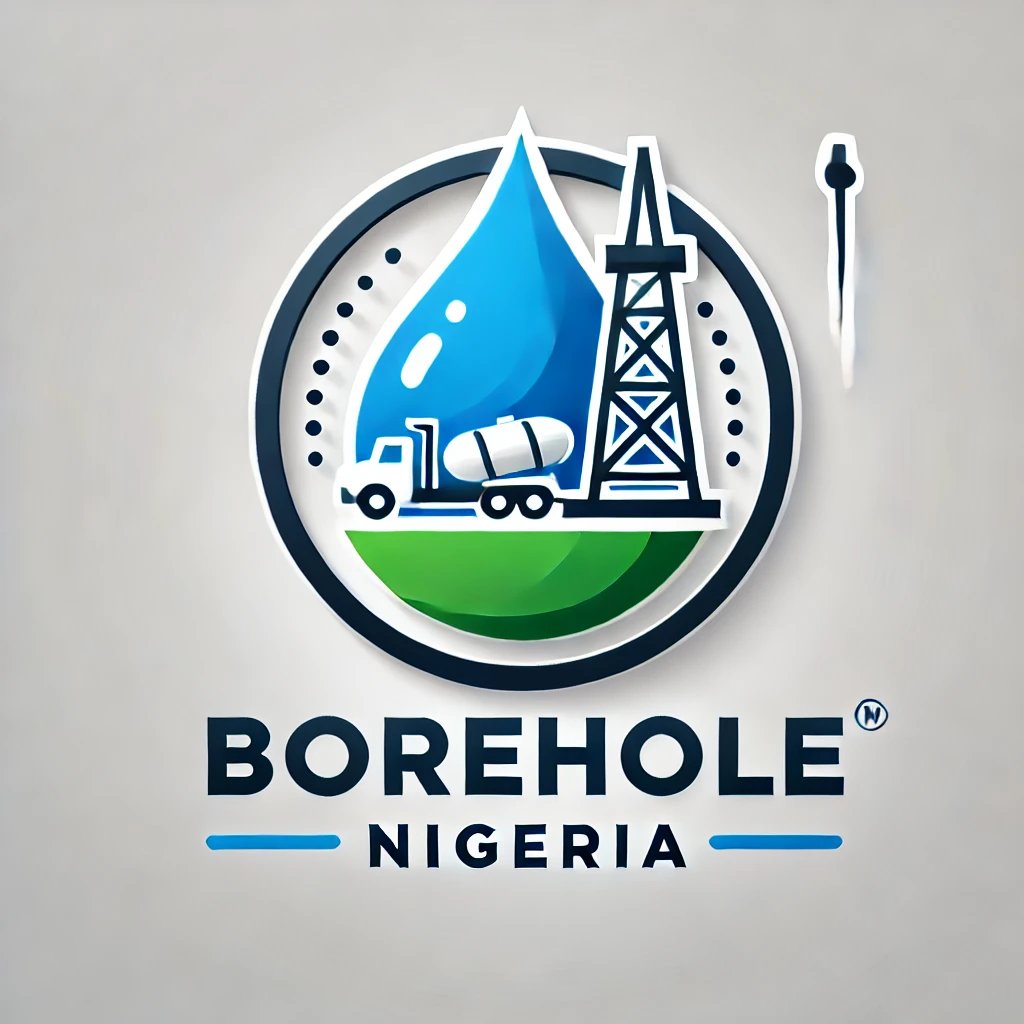If you’re considering drilling a borehole in Zimbabwe, understanding the costs and factors involved is crucial. A borehole provides a reliable water source, essential in a country where water supply can be inconsistent. The cost of drilling a borehole in Zimbabwe varies based on several factors, including location, depth, and the geological conditions of the area. Let’s break down the key components that influence the overall cost of borehole drilling in Zimbabwe.
1. Pre-Drilling Site Assessment and Survey
Before any drilling work can commence, a thorough site assessment and survey are necessary to determine the best location for the borehole and estimate the required drilling depth. A hydrogeologist typically conducts this survey to identify underground water sources and avoid dry boreholes, which can be a costly mistake.
- Cost Estimate: A hydrogeological survey in Zimbabwe typically costs between USD 200 to USD 600, depending on the size of the area and complexity of the geological study.
2. Borehole Drilling Costs
The drilling process itself is the most significant cost component, and it varies based on the depth of the borehole and the terrain:
- Depth of Borehole: Most boreholes in Zimbabwe range from 40 to 100 meters deep. The depth required depends on the underground water table in a particular area.
- Geological Conditions: Drilling in rocky or hard ground is more expensive than drilling in softer soil or sand due to the need for more specialized equipment and additional labor.
- Cost Estimate: Drilling costs range from USD 35 to USD 70 per meter. Therefore, for a 50-meter borehole, you might pay between USD 1,750 and USD 3,500. For a 100-meter borehole, the cost could range from USD 3,500 to USD 7,000.
3. Borehole Casing and Lining
After drilling, the borehole needs to be lined with casing to prevent the walls from collapsing and to protect the water from surface contamination. The cost varies depending on the material used (PVC or steel) and the depth of the borehole.
- Cost Estimate: Borehole casing can cost between USD 10 to USD 40 per meter, meaning an additional USD 500 to USD 2,000 for a 50-meter borehole.
4. Water Yield Testing and Quality Analysis
Once the borehole is drilled and lined, it’s essential to conduct a yield test to determine the water flow rate and a water quality analysis to ensure the water is safe for use. This step is crucial to determine if the borehole will meet your water needs.
- Cost Estimate: Yield testing and water quality analysis generally cost between USD 100 to USD 300.
5. Pump Installation
A pump is necessary to draw water from the borehole. The type of pump needed (submersible or surface) depends on the depth and yield capacity of the borehole. Submersible pumps are more common for deeper boreholes, while surface pumps are suitable for shallow ones.
- Cost Estimate: Installing a submersible pump, including the pump itself, piping, and fittings, can cost between USD 700 to USD 2,000.
6. Electrical Connections and Plumbing
Connecting the borehole to an electrical source and installing the plumbing to distribute the water are additional costs to consider. This involves trenching, laying pipes, and connecting to a water tank or distribution system.
- Cost Estimate: Electrical and plumbing installation costs can range from USD 200 to USD 800 depending on the distance to the main water supply and the complexity of the installation.
7. Water Storage and Filtration Systems
To ensure a reliable water supply, especially in areas where water quality may be an issue, installing a water storage tank and filtration system is recommended. The size of the tank (typically between 1,000 to 10,000 liters) and the type of filtration system will affect the overall cost.
- Cost Estimate: Water storage and filtration systems can cost anywhere from USD 500 to USD 2,500, depending on the tank size and the type of filtration equipment used.
8. Total Cost Estimate for Borehole Drilling in Zimbabwe
Considering all these factors, the total cost of drilling and equipping a borehole in Zimbabwe typically ranges from USD 3,500 to USD 10,000 or more. This cost can vary significantly depending on factors like location, borehole depth, geological conditions, and additional equipment or infrastructure required.
9. Additional Considerations
- Maintenance Costs: Regular maintenance is essential to ensure the longevity and efficiency of the borehole. This includes annual inspections, pump servicing, and water quality checks. Annual maintenance costs can range from USD 50 to USD 200.
- Permits and Regulations: In Zimbabwe, borehole drilling may require permits or adherence to environmental regulations. Ensure you consult with local authorities to avoid legal issues.
- Seasonal Variations: The cost of drilling can vary depending on the season. It is generally more economical to drill during the dry season when the water table is lower and more stable.
Conclusion
Investing in a borehole in Zimbabwe is a smart move for ensuring a sustainable water supply, whether for domestic, agricultural, or commercial use. While the initial costs can seem high, the long-term benefits of having a consistent and independent water source far outweigh the investment. To get the best value for your money, consider consulting with multiple drilling companies, ensuring they provide detailed quotes that cover all aspects of the drilling process. This way, you can avoid hidden costs and ensure a smooth and successful borehole installation.
